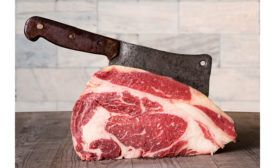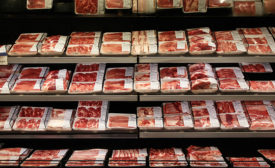Meat and Poultry Processing
Operators providing meat and poultry to meet shoppers’ interest in portion control
Significant expansion opportunities await operators providing meat and poultry selections that meet shoppers’ growing interest in portion control.
Read More
Stay ahead of the curve. Unlock a dose of cutting-edge insights.
Receive our premium content directly to your inbox.
SIGN-UP TODAYCopyright ©2024. All Rights Reserved BNP Media.
Design, CMS, Hosting & Web Development :: ePublishing

.png?1647275041)











